My visit to the Dutch Flood Museum
Ouwerkerk, The Netherlands

The entrance to the museum
I recently visited the Dutch Flood Museum at Ouwerkerk, on the island of Schouwen-Duiveland in the province of Zeeland. The weather was very bad with gales and then torrential rain which kind of made the atmosphere perhaps something like the night 60 years ago. The museum has been made within the four concrete caissons used to close the last break in the seawalls. When you arrive you see the caissons laying at different levels and different angles like a scar in the green landscape. It made me wonder how they managed to put a museum within their walls.
I was taken to the museum by Nellie Verton a volunteer at the museum who came to Canvey for our flood services earlier this year. She introduced me to the Operational Manager, Lianne van den Beemt before taking me round the museum.
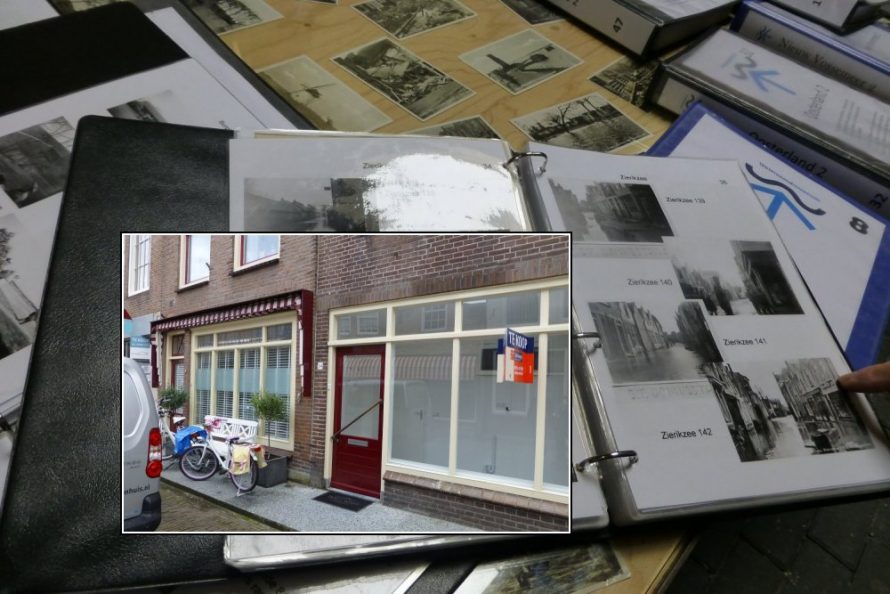
Nellie’s Grandmother’s shop at the time of the flood and inset as it is today
The museum is very large and full of so much information it would take more than one visit to take it all in. Most displays are done in both Dutch and English. There were hundreds of photos in albums for the different areas affected. In one of the books Nellie found her Grandmother’s shop in Zierikzee that was flooded and we later saw the shop when we visited Zierikzee. There was a film with English subtitles, a full size bungalow of one of the many buildings given to the country. Nellie had shown me some of the buildings still in use around the island. There was a model of the flood barrier, which connects this island to the next.
The wall with all the names of the dead, which although I had seen a picture of it seemed much more in the flesh. There was one part of the exhibition where the names of some of the people affected were used to give the effect of moving water.
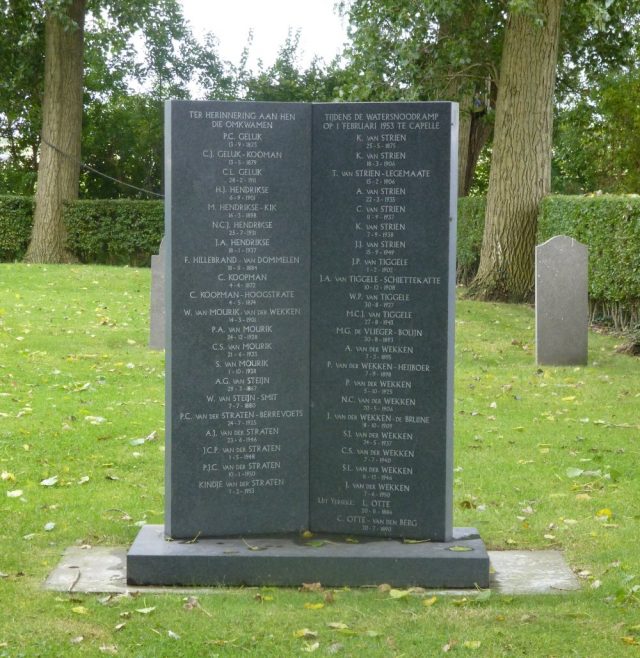
The Flood Memorial at Capelle
During my visit to the Islands I also went to Capelle where only two buildings remained where there had been a thriving population of 100, the survivors had managed to get to the nearby factory to escape the floods. I also visited Brouwershaven where St Nicholas church was flooded up to the windows and still suffers from rising damp today which was very evident. Also near Serooskerke where the land had to be left to the sea and a new seawall built because the sinking of the caisson there failed. The caisson can be seen in the water that was once the land where people lost their lives.
Whilst I was in the country it was reported on the news that many of the bodies from the flood that had not been identified at the time were being exhumed for DNA testing in the hope that they can at last be named.
Nearly 2000 people died in the floods in the Netherlands. The areas that were most affected were sparsely populated which made it very difficult to get help. Whole villages were wiped out, the land spoiled for many years. It is amazing to see how despite the scars both physical and mental the place is now a thriving holiday destination. As on Canvey it is very much before and after the floods in conversation. The desolation to the place must have been immeasurable.
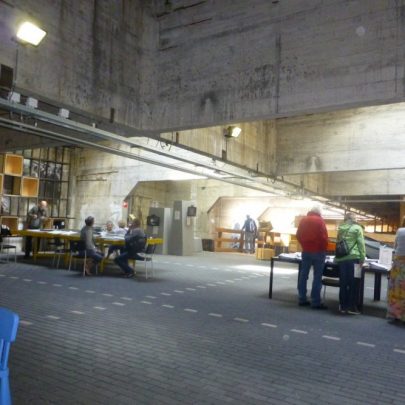
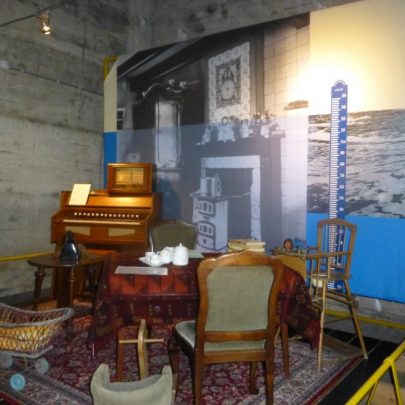
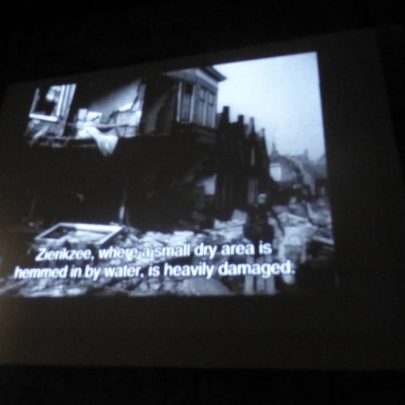
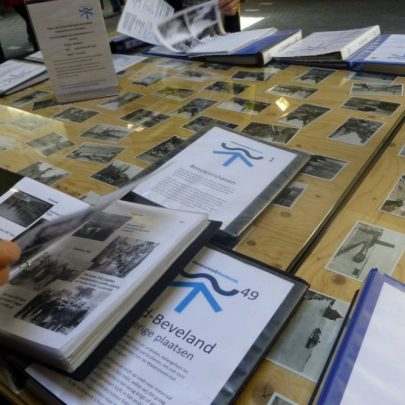
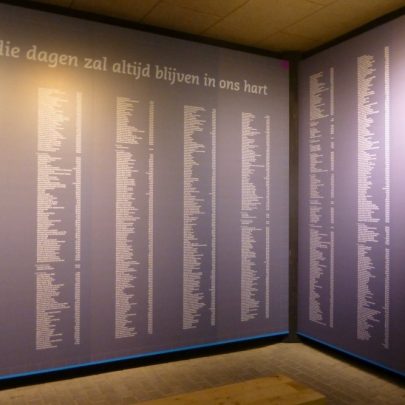

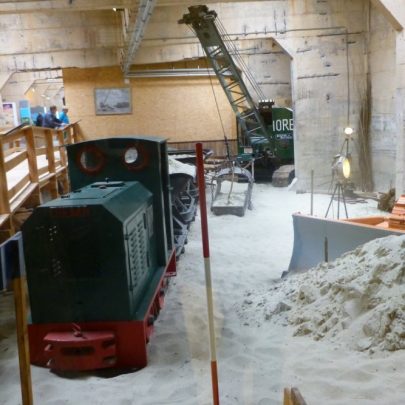
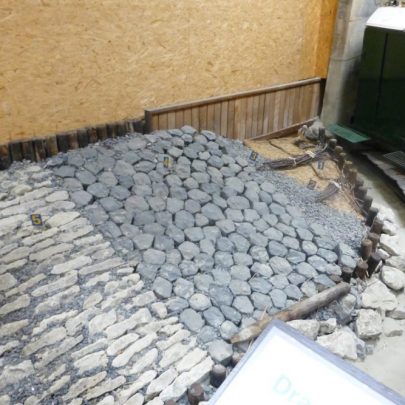
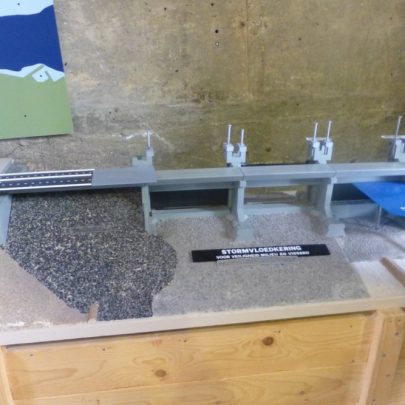
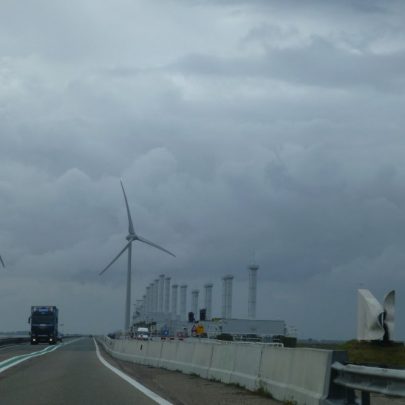
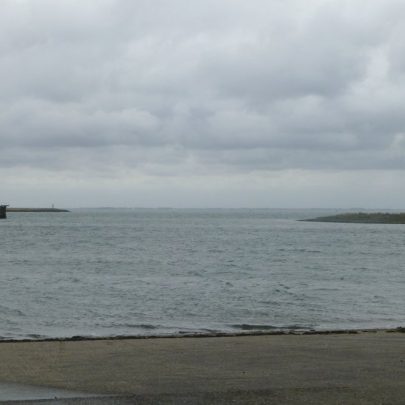
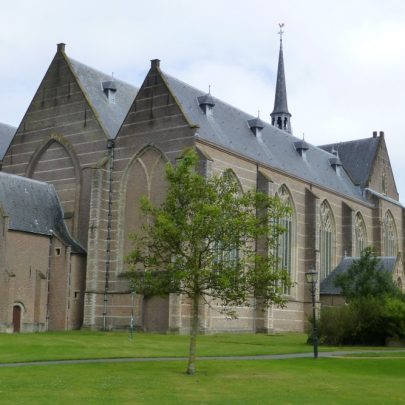




Comments about this page
Identification of some of the 1953 Flood victims has indeed been successful, with their families at least getting some closure. But….. a match was found between two men, with results indicating a father-and-son relationship. Their names and origin remain a mystery, as the list of ‘unidentified victims’ did not include a missing father and son…..
Add a comment about this page